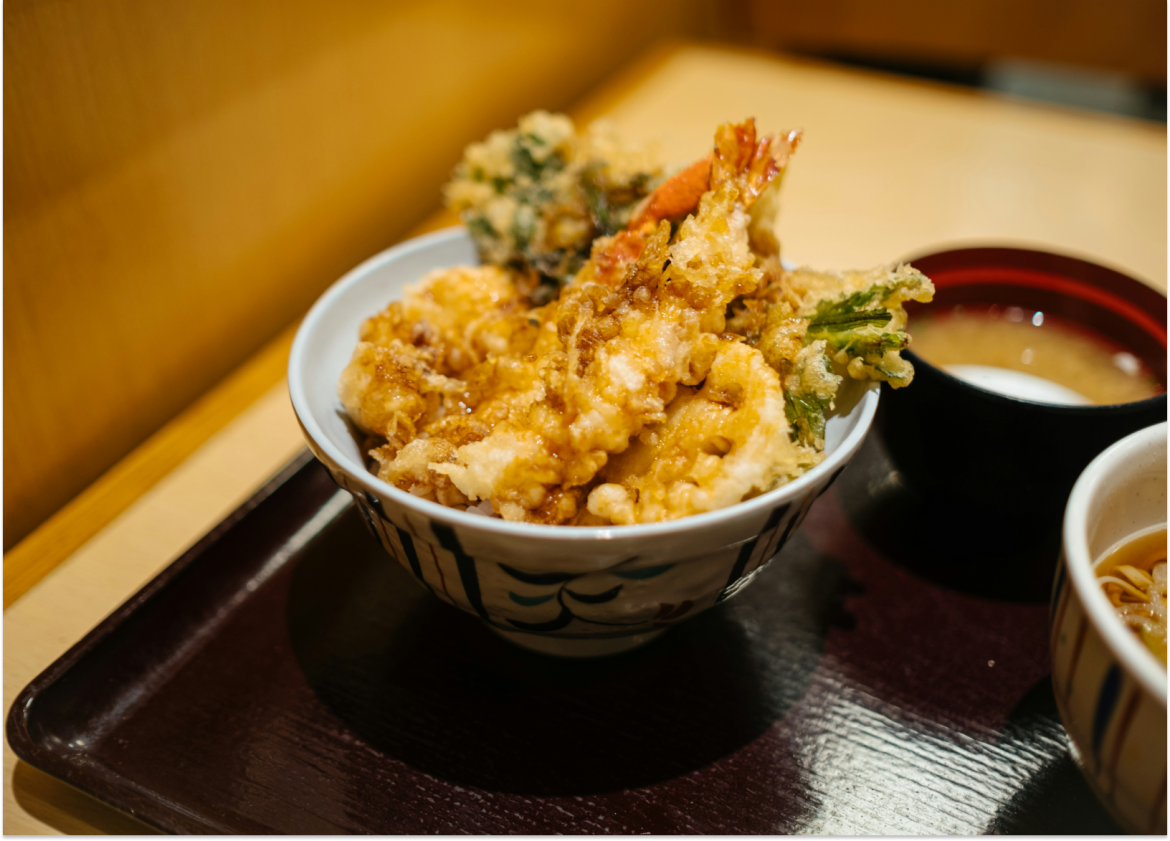South Asian cuisine is a vibrant tapestry of flavors, colors, and aromas, reflecting the diverse cultures, climates, and landscapes of the Indian subcontinent. From the aromatic spices of India to the fiery curries of Sri Lanka and the savory street food of Pakistan, South Asian cuisine offers a culinary journey like no other. In this article, we’ll explore the rich tapestry of traditional South Asian cuisine, highlighting some of the exotic tastes and flavors that are worth trying.
1. A Symphony of Spices
At the heart of South Asian cuisine lies a rich tapestry of spices, herbs, and seasonings that lend depth, complexity, and aroma to dishes. From fragrant cardamom and earthy cumin to fiery chili peppers and pungent garlic, South Asian spices are used to create a symphony of flavors that dance on the palate. The art of spice blending, known as masala, is a cornerstone of South Asian cooking, with each region boasting its own unique blend of spices and techniques. Whether it’s the garam masala of North India, the curry powders of Sri Lanka, or the chaat masala of Pakistan, spices are the soul of South Asian cuisine.
2. Fragrant Basmati Rice
Rice is a staple food in South Asian cuisine, with fragrant basmati rice being the crown jewel of the region. Known for its long grains, delicate aroma, and fluffy texture, basmati rice is prized for its superior quality and versatility in cooking. Whether paired with aromatic curries, stir-fried vegetables, or grilled meats, basmati rice serves as the perfect canvas for soaking up the rich flavors and sauces of South Asian dishes. From biryanis and pilafs to pulavs and khichdis, basmati rice takes center stage in many traditional South Asian meals, adding a touch of elegance and sophistication to the dining experience.
3. Vibrant Vegetable Curries
Vegetarianism is a prominent dietary choice in South Asia, with a wide variety of vegetables, legumes, and grains forming the backbone of many traditional dishes. Vegetable curries, known as sabzis, are a staple of South Asian cuisine, featuring a colorful array of vegetables simmered in aromatic spices and creamy sauces. From the creamy richness of paneer butter masala to the tangy sweetness of aloo gobi, vegetable curries offer a tantalizing array of flavors and textures that cater to vegetarian and non-vegetarian palates alike. Whether served as a main course or a side dish, vegetable curries are a delicious and nutritious addition to any South Asian meal.










